Jean Cocteau. The juggler’s revenge. Ediz. illustrata
40,00€ Il prezzo originale era: 40,00€.38,00€Il prezzo attuale è: 38,00€.
Storia dell’arte e stili artistici: dal 1900 in poi . Singoli artisti, monografie d’arte . Cataloghi di mostre e specifiche collezioni
Autore: Kenneth E. Silver
Editore: Marsilio Arte
Collana: Cataloghi
Solo 2 pezzi disponibili
Brillante, sorprendente e poliedrico. È Jean Cocteau (1889-1963), artista francese che ha lasciato un segno come disegnatore, regista, scenografo, muralista, designer di gioielli e di abiti. La poesia, tratto fondante del suo inconfondibile stile, è caratterizzata da atmosfere mitologiche e circensi e da una scrittura spiazzante che accompagnerà sempre la sua infinità di creazioni nei campi più disparati. In occasione della prima retrospettiva in Italia dedicata all’artista, allestita alla Collezione Peggy Guggenheim di Venezia, esce per Marsilio Arte il libro Jean Cocteau. La rivincita del giocoliere di Kenneth E. Silver, con un saggio di Blake Oetting (Orfeo, due e più volte: i riverberi queer di Jean Cocteau). Lo spazio espositivo è anche un omaggio all’amicizia che legò l’artista a Peggy Guggenheim. Fu lui, infatti, a incoraggiare la giovane collezionista ad aprire nel 1938 la galleria londinese Guggenheim Jeune. Guggenheim ricambiò il sostegno ospitando più opere di Cocteau, all’epoca amico e consulente artistico di Marcel Duchamp. Da quel momento l’artista iniziò a frequentare la casa della mecenate newyorchese a Venezia, a Palazzo Vernier dei Leoni, innamorandosi della città. Guggenheim ribadì più volte che la parola era un mezzo di espressione che Cocteau utilizzava con virtuosismo da acrobata. La rivincita del giocoliere è un richiamo alla sua abilità di riuscire ad attraversare gli ambiti più disparati con uno sguardo trasversale, capace di cogliere e mettere in relazione l’estetica e la storia. Nel suo primo libro, La spaccata, lo stesso Cocteau si dice affascinato dagli artisti delle giostre e del circo, tanto che più avanti, a carriera avviata, inserirà due acrobati e un prestigiatore cinese nel libretto del balletto Parade, e il mago Merlino in I cavalieri della tavola rotonda. Fonte inesauribile di creatività e visioni, il genio di Cocteau si manifesta nei romanzi, tra cui Il libro bianco, in film come Il sangue di un poeta, con Lee Miller nei panni di una statura greca che prende vita, e nella Macchina infernale, rivisitazione dell’Edipo Re, solo per citare alcuni dei suoi capolavori. Cocteau stesso si racconta definendosi «una menzogna che dice sempre la verità»: nella sua opera si serve regolarmente del mito per presentare una storia e allo stesso tempo «riempirla di codici, costringendo il pubblico ad andare alla ricerca di ciò che è nascosto, come giocasse a nascondino». La rivincita del giocoliere abbraccia la versatilità per cui l’artista è stato spesso criticato dai suoi contemporanei, ripercorrendo lo sviluppo della sua estetica e i momenti chiave della sua vita tumultuosa attraverso opere create con tecniche e mezzi differenti. Una selezione di disegni evidenzia la centralità del desiderio e della sensualità che contraddistinsero sempre la sua arte. . Brilliant, surprising, and multifaceted, the French artist Jean Cocteau (1889-1963) left an enduring mark as a draftsman, filmmaker, set designer, muralist, and jewellery and clothing designer. His poetry, fundamental expression of his unmistakable spirit, is characterised by mythological, circus-like atmospheres and a disorienting writing style that would always accompany his endless creations in the most diverse fields. On the occasion of the first Cocteau retrospective in Italy, organised at the Peggy Guggenheim Collection in Venice, Marsilio Arte will release the book Jean Cocteau. La rivincita del giocoliere [The Juggler’s Revenge] by Kenneth E. Silver, with text by Blake Oetting (Orfeo, due e più volte: i riverberi queer di Jean Cocteau). The exhibition space is also a tribute to the artist’s friendship with Peggy Guggenheim. It was he, actually, who encouraged the young collector to open the Guggenheim Jeune gallery in London in 1938. She reciprocated by hosting a number of Cocteau’s works, who at the time was a friend and artistic consultant to Marcel Duchamp. Cocteau then began to be a regular visitor to the New York patron’s residence in Venice, Palazzo Vernier dei Leoni, falling in love with the city. Guggenheim often said that words were a means of expression that Cocteau wielded with the virtuosity of an acrobat. The Juggler’s Revenge refers to his ability to move through the most disparate realms with an all-encompassing regard, perspicaciously attuned to aesthetics and history and able to synthesise them. In his first novel Le grand écart (1923), Cocteau himself said he was fascinated by jugglers and circus performers. Indeed, later in his career, he placed two acrobats and a Chinese illusionist in the libretto for the ballet Parade, and the wizard Merlin in Les Chevaliers de la Table ronde. An inexhaustible font of creativity and visions, Cocteau’s genius is evident in his novels, including Le livre blanc, in films such as Le Sang d’un poète with Lee Miller as a Greek statue that comes to life, and in La Machine infernale, a revisitation of Oedipus Rex, just to mention a few of his masterpieces. Cocteau said of himself, “I am a lie that tells the truth”: in his work he often makes use of myth to tell a story and at the same time fill it with codes, forcing the audience to go looking for what is hidden, as if they were playing hide-and-seek. The Juggler’s Revenge embraces the versatility for which the artist was often criticised by his contemporaries, retracing the development of his aesthetic and the key moments in his tumultuous life through works created by various means and techniques. A selection of drawings evidences the key role of desire and sensuality, which have always characterised his art.
Cod: 9791254631683
| Peso | 862 g |
|---|---|
| Dimensioni | 20 × 210 × 270 mm |
| Autore | |
| Editore | |
| Anno | |
| Pagine | |
| Collana | |
| Formato |

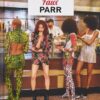
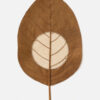

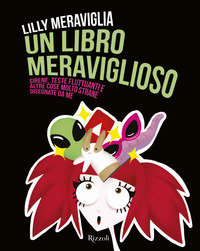
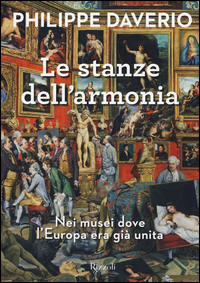

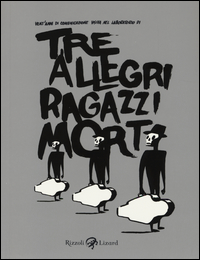


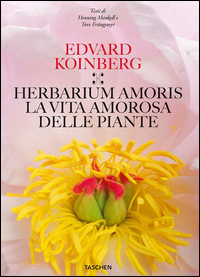
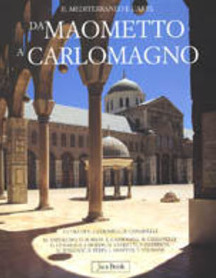

Recensioni
Ancora non ci sono recensioni.